Teff Grain: Health Benefits, Nutrition, How To Use, & Recipes
Small grain, big impact: Teff grains are the superfood you need in your diet right now!
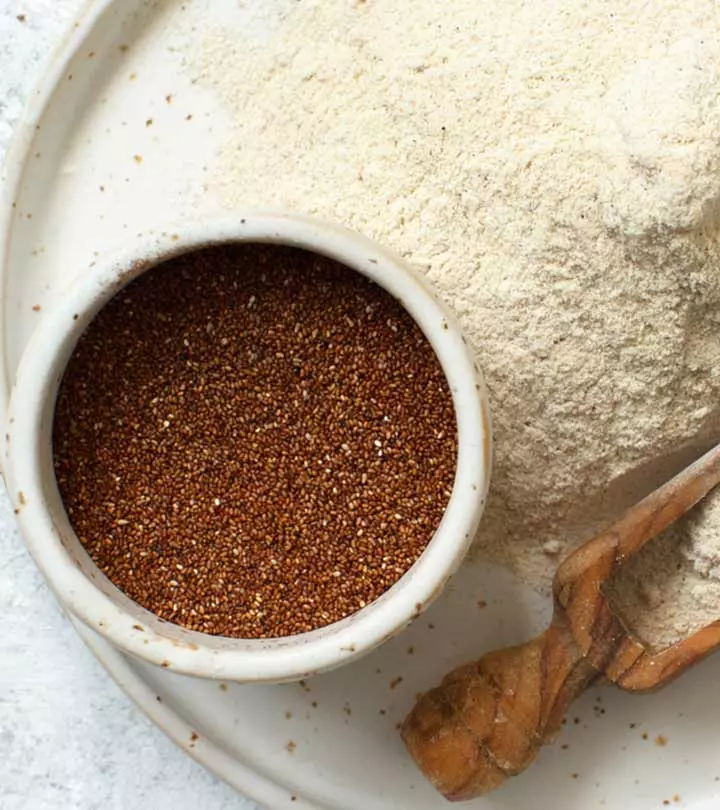
Image: Shutterstock
Teff (Eragrostis tef) is a tropical grain, a staple of Ethiopian cuisine and is the world’s smallest gluten-free grain. The health benefits of teff are due to its protein-rich, nutrient-dense nature. It is high in iron and has been consumed for centuries. Teff is loaded with vitamins and minerals and may treat various ailments. It may help manage diabetes symptoms, reduce the risk of cardiovascular disease, and improve digestive and bone health. You can use teff the same way you would use any other millet. This article shares the health benefits, nutrition data, recipes, and potential risks associated with teff. Read on.

In This Article
Teff Nutrition Facts
Teff is a small grain that is highly nutritious and filled with a wide variety of vitamins and minerals. According to the U.S. Department of Agriculture, 100 grams of uncooked teff contains:
- Energy: 367 kcal
- Protein: 13.3 g
- Fat: 2.38 g
- Carbohydrate: 73.1 g
- Fiber: 8 g
- Calcium: 180 mg
- Iron: 7.63 mg
- Sodium: 12 mg
- Potassium: 427 mg
This gluten-free cereal also contains magnesium, zinc, copper, manganese, riboflavin, and pantothenic acid. It also has high iron and calcium content.
The presence of a wide variety of vitamins and minerals in teff is what gives it its many health benefits. So, what are these health benefits, you ask? Scroll down to find out!
Key Takeaways
- Teff (Eragrostis tef) is a tropical grain that contains a wide range of essential vitamins and minerals.
- It may aid in managing diabetes symptoms and iron deficiency, reduce cardiovascular risk, and improve digestive and bone health.
- However, excessive consumption may result in unpleasant side effects such as gas or bloating.
Health Benefits Of Teff
1. Improves Bone Health
Adequate intake of calcium can prevent bone loss (osteoporosis) while aging. Calcium is an essential mineral for bone growth and development. Teff contains 0.165% calcium, which is higher than most other cereals. One study conducted by the University College (Cork) found that calcium supplementation can enhance bone mineral density and reduce the risk of fractures. Another study highly recommended the consumption of red teff grains to prevent osteoporosis and help bone healing. However, more studies are warranted to understand the full benefit of teff in humans.
2. Manages Diabetic Symptoms
A diet rich in whole grains contains dietary fiber, which can reduce the incidence of type 2 diabetes and improve insulin responsiveness. According to a study conducted on mice, a 14-week dietary treatment with teff improves glucose tolerance. The low glycemic index of this Ethiopian grain is highly recommended for diabetic patients.
A study conducted by the University of Sydney found that teff improves overall glycemic control in people with diabetes. Also, teff is rich in manganese, which helps improve glucose tolerance.
3. Enhances Digestive Health
Teff has high starch digestibility and contains both soluble and insoluble fiber. This whole grain has been used to speed up digestive processes. According to research, soluble fiber can soften the stools by drawing out the gut’s water and supporting fat metabolism. At the same time, insoluble fiber increases bowel movements. Dietary fiber intake can also stimulate peristaltic motion and relieve constipation. However, more studies are needed to understand this benefit of teff in humans.
4. Supports Cardiovascular Health
As per the Food and Drug Administration
, whole grains like teff can help reduce the risk of cardiovascular disease. Teff is also low in sodium, and low sodium intake can assist in decreasing blood pressure, thereby reducing the risk of heart disease.
Additionally, the presence of vitamin B6 in teff helps reduce the risk of CVD. Teff is also a rich source of iron that is needed for hemoglobin production and blood circulation. This is important to maintain a healthy heart. However, more research is required to understand this benefit of teff in humans.
5. Treats Iron Deficiency
The high iron content of teff helps people with iron deficiency. In general, you can see many iron deficiency-related cases in pregnant women. Teff consumption is linked with the reduction of anemia in pregnant women. This was seen in a study conducted by the Manchester Metropolitan University. It found that intake of teff flour-rich bread acts against iron deficiency during pregnancy.
Also, teff may aid in weight loss. This was shown in a study conducted by the Pennsylvania State University, where teff hay was found to be an appropriate forage source for obese horses. Of course, more research conducted on humans is required to prove the same.
Furthermore, much anecdotal evidence suggests that the anti-inflammatory potential of teff helps you deal with menstrual problems like severe cramps, heavy menstrual flow, and pain in muscles.
Types Of Teff
The most common types of teff include:
- White teff
- Red/brown teff
- Mixed (red, white, brown) teff
White teff is the most expensive teff, and it only grows in certain parts of Ethiopia. Red/brown teff is the least expensive and the more commonly preferred type of teff.
 Pro Tip
Pro TipHow do you add teff to your diet? Scroll down to find some ideas to do so.
How To Add Teff To Your Diet
Teff can be eaten as a grain, or its flour can be used in baked goods and pasta dishes, like Ethiopian injera. Grinding the small seeds of teff gives a fine teff flour, which has a very nutty and sweet flavor. This teff flour pairs best with cocoa powder, nuts, fruits, and chocolate.
- Use teff as an alternative to wheat flour in numerous dishes, such as pancakes, cakes, cookies, and muffins, as well as gluten-free egg noodles.
- You can use it as a crunchy salad topping.
- Use teff as a substitute for polenta. You can spread cooked teff on the bottom of a pan and top it with mixed eggs.
- Try swapping out your usual oatmeal for teff in a breakfast bowl.
- Add teff to your homemade veggie burgers.
Here in this blog, the blogger, Shannon, takes us on her impromptu baking adventure with teff flour, a gluten-free and nutrient-packed option. Sharing her spontaneous approach, she explores the world of Teff flour and its diverse uses, ultimately crafting gluten-free carrot cake breakfast cookies. She mentions, “Teff is a nutritional powerhouse. Very high in fiber, protein, iron, and all the B vitamins.” (i)
You can also easily prepare some delicious recipes with teff. Check out three tasty recipes below.
4 Easy And Delicious Teff Recipes
1. Teff Peanut Butter Cookies

What You Need
- Teff flour – 1½ cups
- Vanilla extract – 1½ teaspoons
- Salt – ½ teaspoon
- Pure maple syrup – ½ cup
- Canola oil – ½ cup
- Smooth peanut butter – 1 cup
Process
- Preheat the oven to 350°F and line two baking sheets with parchment.
- Whisk together the teff flour and salt in a medium bowl.
- In a food processor, blend the peanut butter, maple syrup, canola oil, and vanilla extract.
- Add the dry ingredients and blend them well.
- Divide the dough into 1-inch balls and place them 2 inches apart on the baking sheets.
- Flatten the balls slightly with a fork and bake for 13 to 15 minutes.
- Let the cookies cool for a few minutes on the baking sheet, then transfer them to a cooling rack to cool completely.
2. Teff Muffins

What You Need
- Teff flour – ¾ cup
- Unsweetened apple sauce – ½ cup
- Sea salt – ¼ teaspoon
- Brown rice flour – ¾ cup
- Water – 2/3 cup
- Eggs – 2
- Arrowroot starch – ½ cup
- Baking powder – 1½ teaspoons
- Olive oil – 1/3 cup
- Chopped hazelnuts – ½ cup
- Ground cinnamon – ½ teaspoon
Process
- Preheat the oven to 400°F.
- Grease the muffin pans and set them aside.
- Mix the sugar, flours, arrowroot, baking powder, cinnamon, and salt.
- In a separate bowl, mix the eggs, oil, and water together and add them to the flour mixture, mixing quickly.
- Fold the nuts into the batter.
- Fill the greased muffin pans 3/4 full.
- Bake for 25 minutes.
3. Teff Banana Raisin Bread
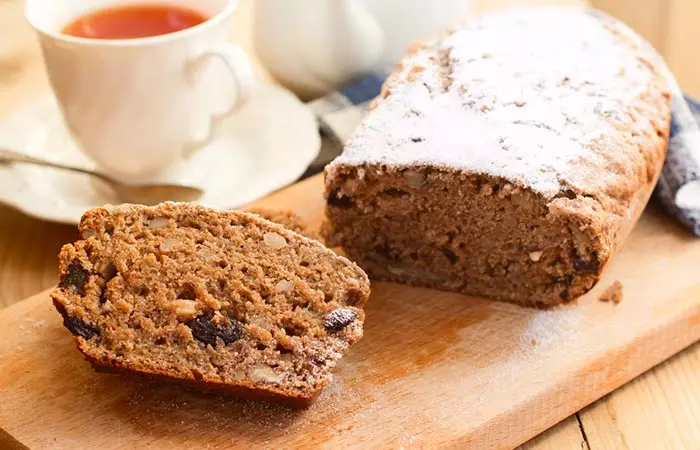
What You Need
- Teff flour – 1¾ cup
- Chopped dates – ½ cup
- Chopped walnuts – ½ cup
- Whisked egg – 1
- Ground cinnamon – 1 teaspoon
- Coconut oil – ½ cup
- Stevia – 1 cup
- Baking powder – ½ teaspoon
- Baking soda – ½ teaspoon
- Vanilla extract – 1 teaspoon
- Salt – ½ teaspoon
- Mashed banana – 1 cup
Process
- Preheat the oven to 350°F and grease a 9-inch loaf pan with cooking spray.
- Toss the raisins, chopped dates, and walnuts with a few tablespoons of teff flour and set them aside.
- Combine the remaining teff flour with the cinnamon, baking soda, baking powder, and salt in a medium bowl.
- In a separate bowl, cream together the butter and sugar until light and fluffy.
- Blend in the banana, egg, and vanilla extract until well mixed.
- Add the wet ingredients to the dry ingredients and mix them well.
- Fold in the dried fruit and nuts.
- Spoon the batter into the prepared pan and bake for 40 to 45 minutes until a knife inserted in the center comes out clean.
- Let the bread cool in the pan for 10 minutes, then turn it out onto a wire rack to cool completely.
4. Teff Pancake
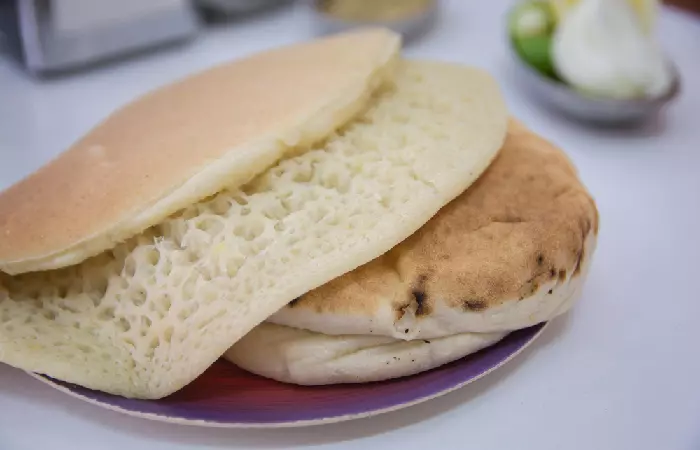
What You Need
- Teff flour – 1 cup
- Sugar – 1 tablespoon
- Milk – 1 cup
- Egg – 1
- Melted butter – 2 tablespoons
- Baking powder – 1 teaspoon
- Salt – ½ teaspoon
Process
- Combine teff flour, sugar, baking powder, and salt in a mixing bowl.
- In a separate bowl, whisk together milk, egg, and melted butter.
- Blend the wet and dry ingredients until just combined and allow the batter to rest for 5-10 minutes.
- Preheat a skillet over medium heat and lightly grease it with butter.
- Pour the batter onto the skillet. Each pancake will need approximately 1/4 cup of batter.
- Cook until bubbles appear on the surface, then flip and continue cooking until both sides are golden brown.
- Serve the pancakes warm, topped with your preferred toppings.
Note:
Teff should be stored in a cool, dry place. Teff flour can last up to one year, and teff grain can last up to two years. An opened flour bag should be kept in the fridge to avoid rancidity.
 Quick Tip
Quick TipConsumption of a limited quantity of teff is considered safe. But, are there any risks associated with excess intake? Find out in the next section.
Risks And Precautions
Intake of teff is generally considered safe. But, excess consumption may cause side effects in some people. As teff is high in fiber, it may cause gas or bloating. Also, it can contain high amounts of phytate, which inhibits mineral absorption in the body. Fermented teff formulas contain lower amounts of phytates
People with celiac disease should consume pure teff, which is free of gluten. When purchasing, always look for gluten-free certifications on product labels.
People with calcium and zinc deficiencies should limit the intake of teff.
Teff is the world’s smallest gluten-free traditional grain. It has a rich nutritional profile and protein content, which help fight many ailments. Teff benefits your health in numerous ways. The intake of teff in moderation may improve bone health, manage diabetic symptoms, enhance digestion, support cardiovascular health, and treat iron deficiency. It is available in different types, and you can easily add it to your diet. However, excess consumption of this grain may cause gas and bloating due to high fiber. In addition, people with celiac disease should avoid the intake of teff. Hence, limit its consumption to enjoy its benefits.
Frequently Asked Questions
Is teff a superfood?
Teff is rich in protein and other essential minerals and is considered a superfood for its many benefits.
Is teff healthier than oats?
Teff grain provides more calcium than most other grains and is healthier than oats.
Which is better: teff or quinoa?
Teff is better than quinoa as it contains more protein than quinoa.
Is teff good for kidneys?
Teff is good for kidneys due to its rich fiber content. In general, foods rich in fiber may help prevent kidney disease.
Is teff prebiotic?
Yes. Teff is prebiotic. The insoluble fiber in teff can feed the bacteria in the gut, and a healthy balance of gut bacteria is essential for health.
Teff grains have surprising health benefits, and are becoming popular each day. Watch the video to learn more about the nutritional secrets of this unique grain and how to incorporate it to make your diet wholesome.
Personal Experience: Source
StyleCraze's articles are interwoven with authentic personal narratives that provide depth and resonance to our content. Below are the sources of the personal accounts referenced in this article.
(i) What the teff?https://theimpulsebaker.wordpress.com/2012/09/08/what-the-teff/
References
Articles on StyleCraze are backed by verified information from peer-reviewed and academic research papers, reputed organizations, research institutions, and medical associations to ensure accuracy and relevance. Read our editorial policy to learn more.
- Teff uncooked
https://fdc.nal.usda.gov/fdc-app.html#/food-details/169747/nutrients - Tef: The Rising Ancient Cereal: What do we know about its Nutritional and Health Benefits?
https://pubmed.ncbi.nlm.nih.gov/29098639/ - Teff (Eragrostis tef) as a raw material for malting brewing and manufacturing of gluten-free foods and beverages: a review
https://www.ncbi.nlm.nih.gov/pmc/articles/PMC4571201/ - The role of dietary calcium in bone health
https://pubmed.ncbi.nlm.nih.gov/15018485/ - The Study of Functional and Rheological Properties of Teff [ Eragrostis Teff (Zucc.) Trotter] Grain Flour Varieties
https://www.researchgate.net/publication/345487065_The_Study_of_Functional_and_Rheological_Properties_of_Teff_Eragrostis_Teff_Zucc_Trotter_Grain_Flour_Varieties - Improved glucose metabolism by Eragrostis tef potentially through beige adipocyte formation and attenuating adipose tissue inflammation
https://pubmed.ncbi.nlm.nih.gov/30071087/ - Glycemic Index and Load of Selected Ethiopian Foods: An Experimental Study
https://www.ncbi.nlm.nih.gov/pmc/articles/PMC6948299/ - Low-glycemic index diets in the management of diabetes: a meta-analysis of randomized controlled trials
https://pubmed.ncbi.nlm.nih.gov/12882846/ - Manganese supplementation protects against diet-induced diabetes in wild type mice by enhancing insulin secretion
https://pubmed.ncbi.nlm.nih.gov/23372018/ - Tef: The Rising Ancient Cereal: What do we know about its Nutritional and Health Benefits?
https://www.researchgate.net/publication/320299933_Tef_The_Rising_Ancient_Cereal_What_do_we_know_about_its_Nutritional_and_Health_Benefits - Dietary fiber sources and human benefits: The case study of cereal and pseudocereals
https://pubmed.ncbi.nlm.nih.gov/31445601/ - Effect of dietary fiber on constipation: A meta analysis
https://www.ncbi.nlm.nih.gov/pmc/articles/PMC3544045/ - Applying the FDA definition of whole grains to the evidence for cardiovascular disease health claims
https://pubmed.ncbi.nlm.nih.gov/19776180/ - Sodium and Its Role in Cardiovascular Disease – The Debate Continues
https://www.ncbi.nlm.nih.gov/pmc/articles/PMC5179550/ - Sodium and Its Role in Cardiovascular Disease – The Debate Continues
https://www.ncbi.nlm.nih.gov/pmc/articles/PMC5179550/ - Teff consumption and anemia in pregnant Ethiopian women: a case-control study
https://pubmed.ncbi.nlm.nih.gov/29936535/ - A randomized trial investigating an iron-rich bread as a prophylaxis against iron deficiency in pregnancy
https://pubmed.ncbi.nlm.nih.gov/22081981/ - Voluntary intake and digestibility of teff hay fed to horses
https://pubmed.ncbi.nlm.nih.gov/20581289/
Read full bio of Janelle Bigelman
Read full bio of Sindhu Koganti
Read full bio of Arshiya Syeda
Read full bio of Aparna Mallampalli








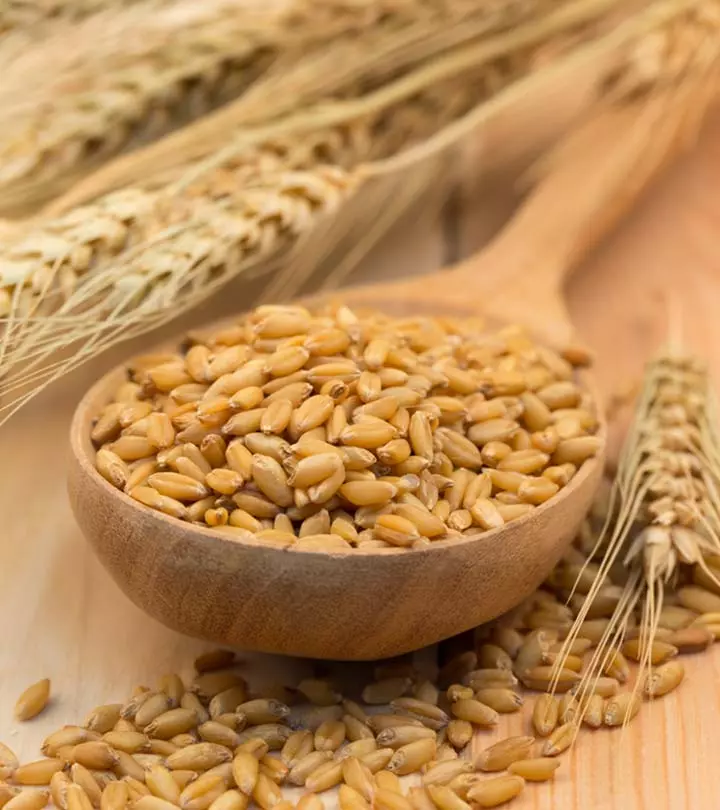
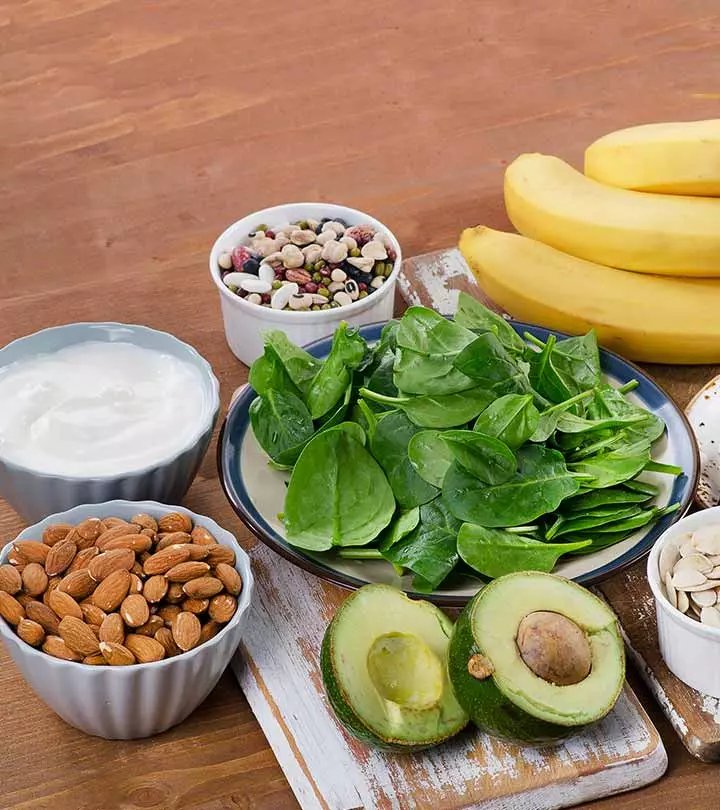
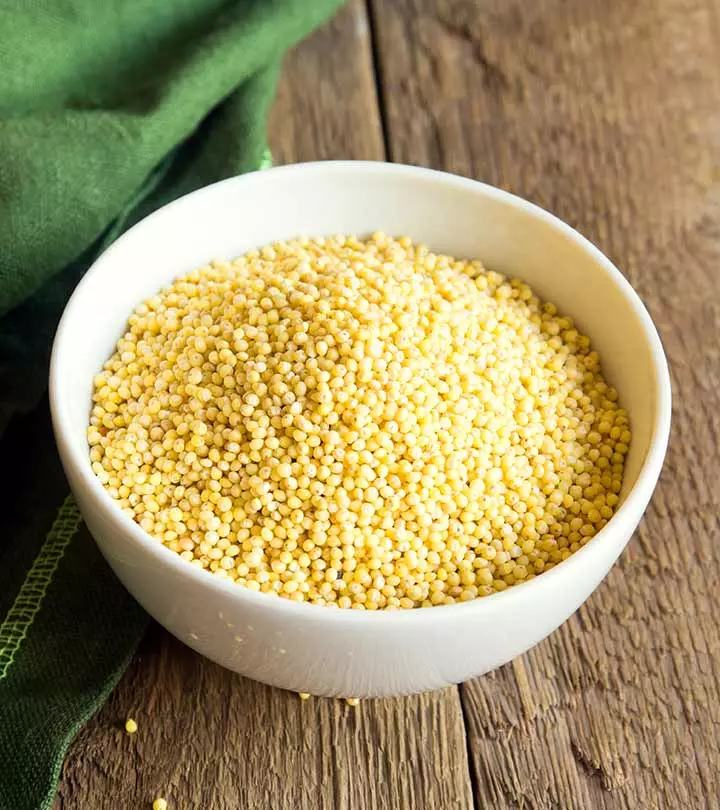

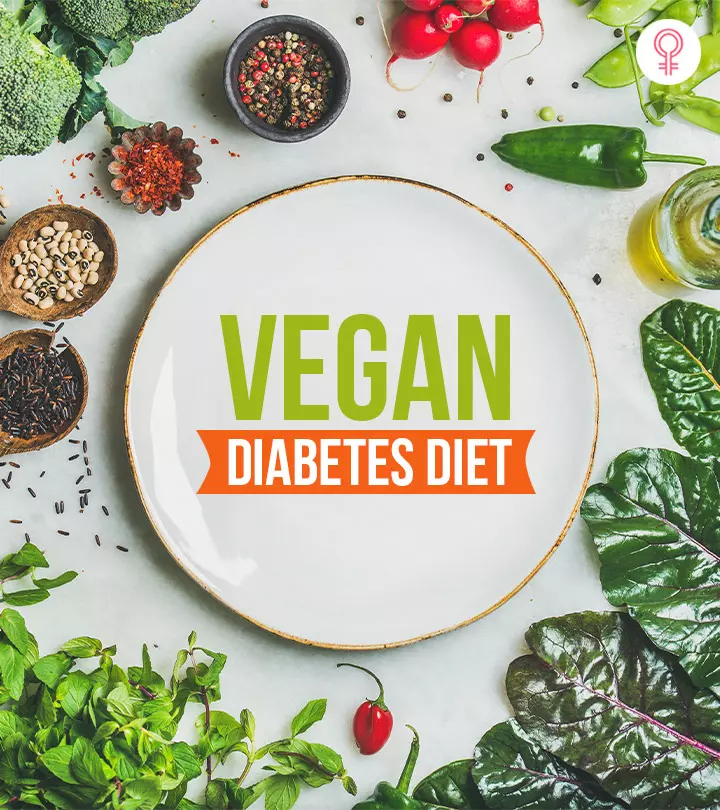
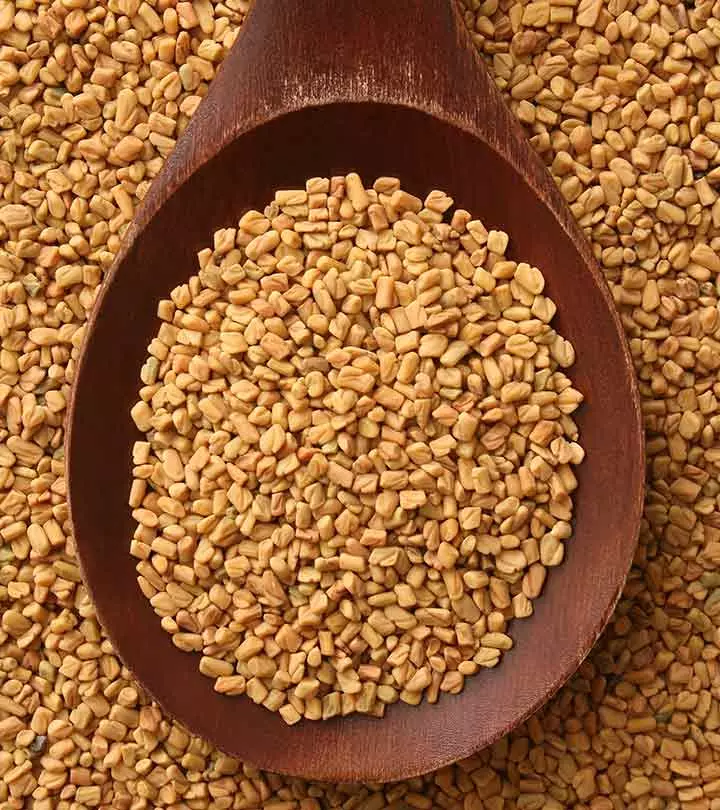






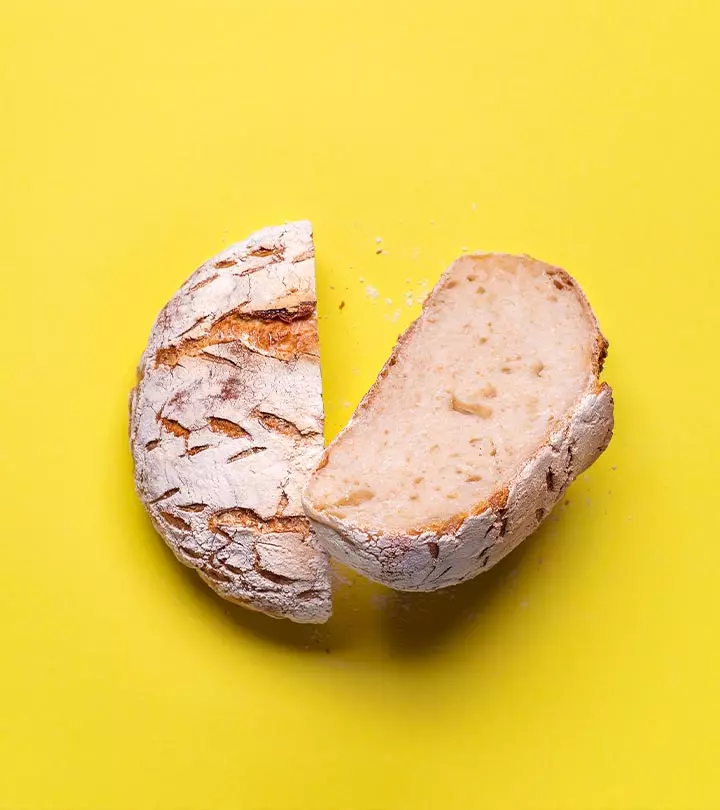
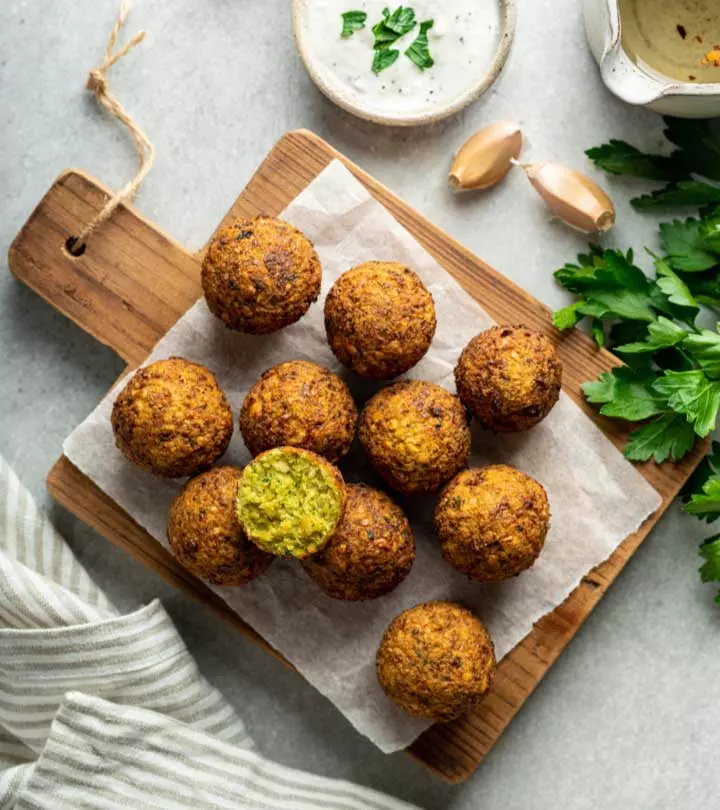
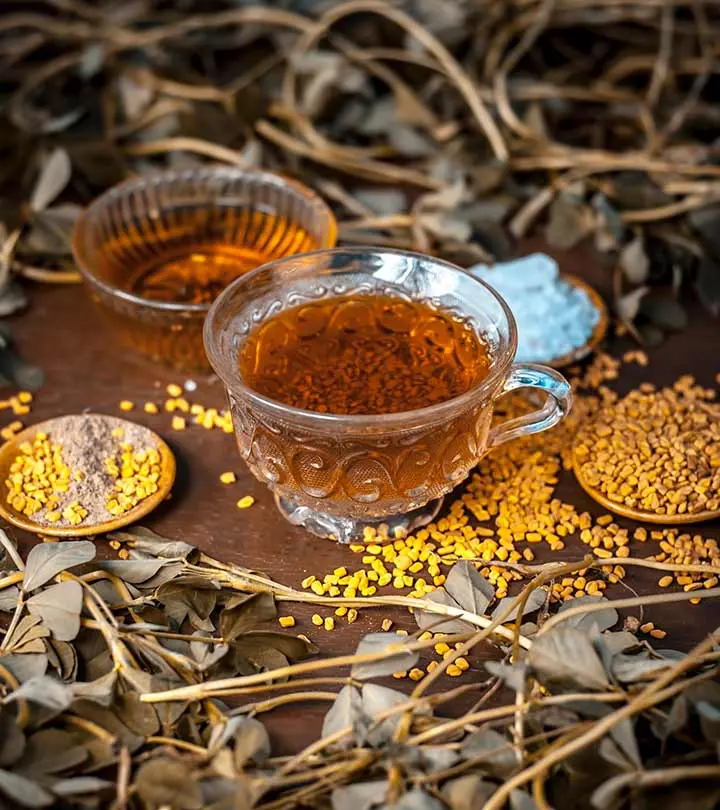
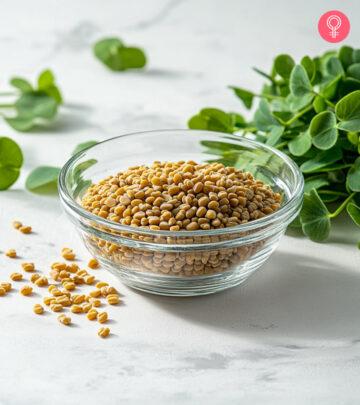

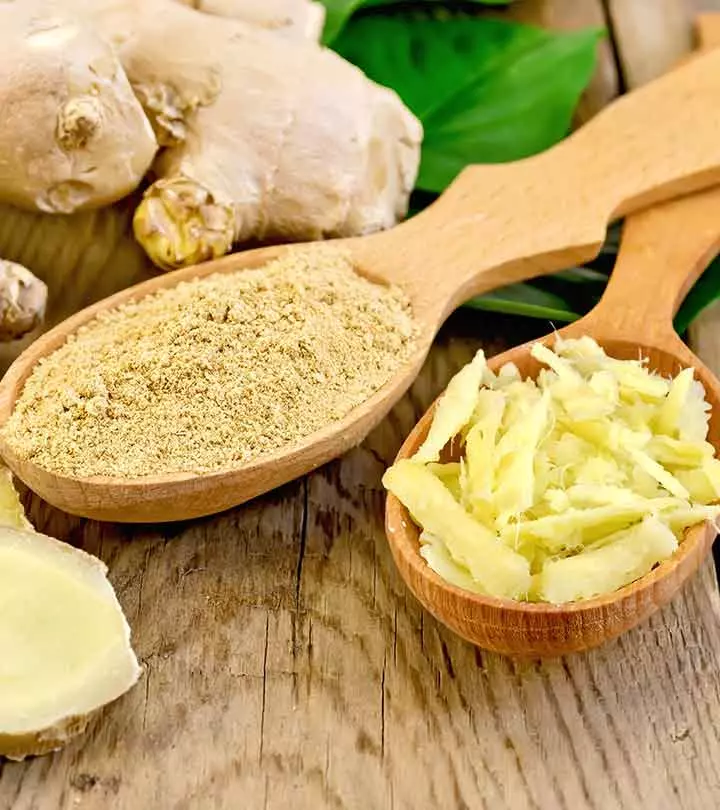

Community Experiences
Join the conversation and become a part of our empowering community! Share your stories, experiences, and insights to connect with other beauty, lifestyle, and health enthusiasts.